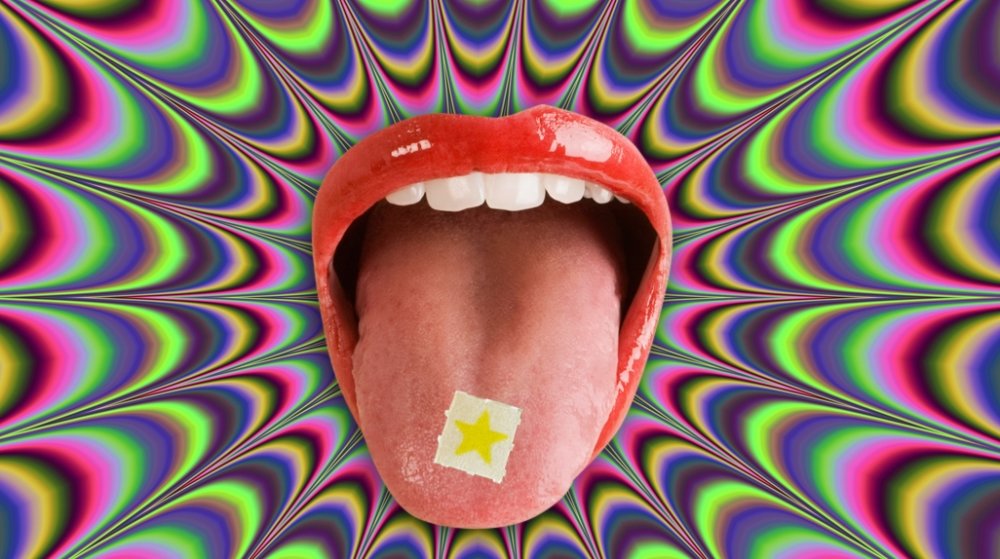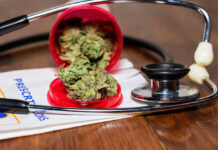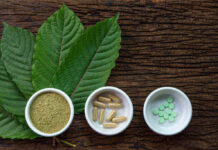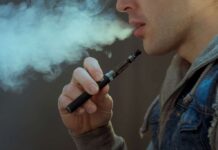Lysergamides are derivatives of the powerful hallucinogenic LSD (lysergic acid diethylamide). Lysergic acid amides contain compounds that initiate a physiological response on serotonin and dopamine receptors, and they have less psychedelic potency. Lysergamides were synthesized to simulate the effects of LSD and are sold as research chemicals on blotters or as a powdered substance.
Synthetic versions, such as 1P-LSD and 1B-LSD share similar chemical, physical, and pharmacological properties with LSD. To avoid legal liability, the products are labelled, “Not for Human Consumption”, permitting them to be sold legally as research chemicals, however, regulations vary between countries about the legal import of lysergamides. This guide does not promote the use of drugs outside a legal context and offers information to ensure the safe and responsible use of lysergamides.
1P-LSD
1P-LSD (1-propionyl-lysergic acid diethylamide) is a designer drug used as an LSD alternative by people who want to reap the benefits of microdosing. It has a similar chemical structure to LSD, and it contains a small propionyl group in the indole ring (a chemical compound).
The 3P Effect
The 3P effect refers to the pharmacological, psychological, and physical effects when taking 1P-LSD. It is said that 1P-LSD is a prodrug to LSD, and it is metabolized as LSD in the body. 1P‐LSD is detected in urine samples after being ingested and within a short period of time. After this, it completely converts LSD. When comparing the psychological effects of LSD and 1P-LSD, they are practically indistinguishable.
The peak effect of 1P-LSD is on the whole a positive reaction. Where negative side-effects occur, it is more often than not the result of the setting in which it was taken rather than being a feature of 1P‐LSD. Generally, users will experience alterations in time and mood leading to euphoria and visual and auditory hallucinations.
Dosage
1P-LSD and other derivatives should be taken in microdoses, not more than twice a week. It is recommended to diarise your experiences to monitor changes in energy, mood, and social behavior.
A light oral dose is between 25 to 50 mg, a common dose is around 50 – 125 mg, and a strong dose would be in a range of 125 – 250 mg. It takes between 1 to 2 hours to feel the onset and can last up to 12 hours with a gradual decline. The slow onset of effects after administering 1P‐LSD is due to the gradual passage and absorption into the central nervous system. After-effects can be felt 6 to 24 hours after ‘coming down’ from the high.
1B-LSD
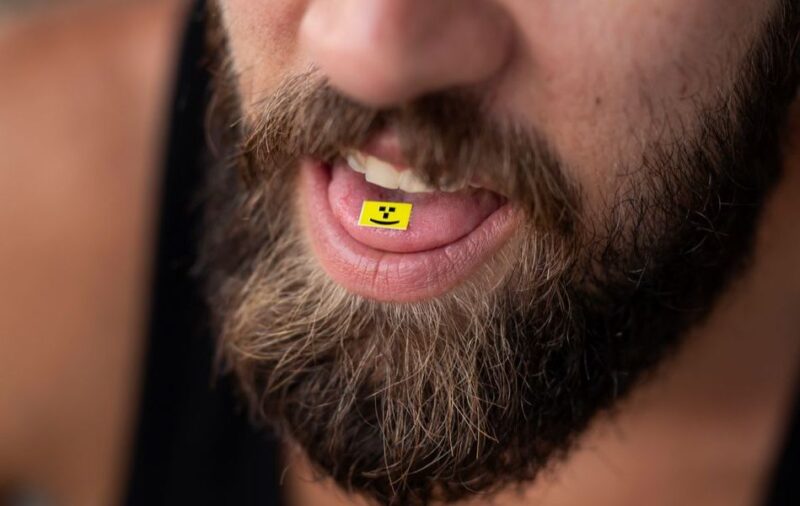
1B-LSD is part of the ergoline family of chemical compounds that you can purchase here and includes LSD, but its chemical structure is different from LSD. 1B-LSD has a butanol group on the nitrogen atom in the indole ring. Studies on receptor activity show that 1B-LSD has slightly less potency than 1P-LSD, which could be due to the amplified mass of the butanol group.
The 3P Effect
The 3P effect refers to the pharmacological, psychological, and physical effects when taking 1B-LSD. It is also a prodrug of LSD but has lower activity when interacting with serotonin receptors and therefore weaker than LSD. While it differs in solubility and physical properties it still offers hallucinogenic effects.
1B-LSD is a new designer drug with minimal scientific evidence on human studies. Subjective reports indicate it presents classical psychedelic effects and is well-tolerated, however, due to the lack of pharmacological information, it is important to follow harm reduction practices when using 1B-LSD.
Dosage
A light oral dose is between 25 to 50 mg, a common dose is around 50 – 125 mg, and a strong dose would be in a range of 125 – 200 mg. The time for the onset to occur, the peak effect duration, and the time in which after-effects occur are similar to that of 1P-LSD.
Using Lysergamides
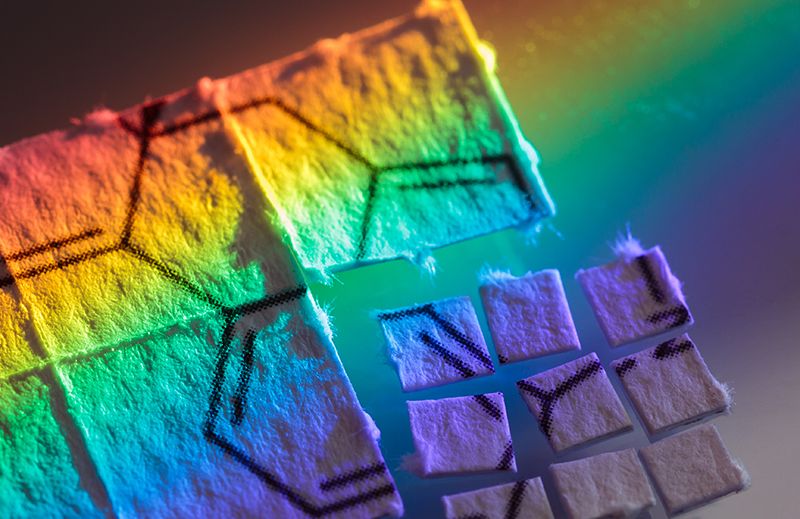
Psychedelic drugs have been the subject of clinical research for many years. However, more recently, a variety of lysergamides have emerged as research chemicals, like 1P-LSD and 1B-LSD. Microdosing is a popular way to take psychedelics that have a subtle but observable effect.
Psychedelics influence our serotonin levels, which is a brain neurotransmitter responsible for functions such as controlling moods, cognition, learning, and memory. It plays a critical role in how we operate in life and how we process information. A microdose is a very small dose of a psychedelic substance taken infrequently to change the function of the brain without causing extensive departures from reality.
Main Benefits
People incorporate microdoses of mind-altering substances to increase creativity, focus, energy, and treat anxiety. It also heightens spiritual awareness and enhances our senses. Because psychedelics mimic serotonin and dopamine and increase their levels, and when used in a controlled manner, they can effectively enhance a sense of openness, induce mystical experiences, and treat the following conditions:
- Alcohol and drug abuse
- Depression
- Suicidal thoughts
- Anxiety
- Post-traumatic stress disorder
Side-Effects
Generally, psychedelics are not addictive but if you take it repeatedly, you will need to start increasing your dose to get the same effect. Not only can you build up a tolerance to this potent drug, but it can become dangerous. Deviating from the recommended microdosing schedule can cause undesirable reactions where overdosing on psychedelics can trigger psychosis, paranoia, and panic, and affect your general health.
It can cause life-threatening situations especially when taken with alcohol or other drugs. And misuse over a long period can result in negative effects on speech, memory, weight loss, and cognitive perception.

